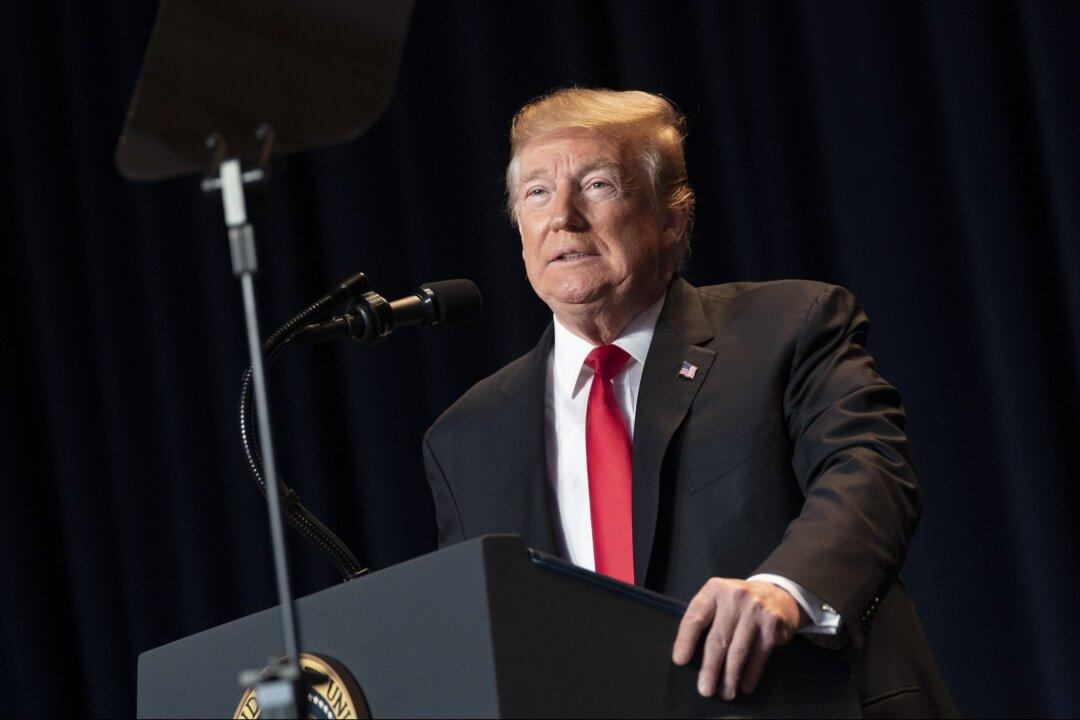President Donald Trump will secure up to $8 billion in funds for wall construction after signing a spending bill and declaring a national emergency on the southwest border, Director of the Office of Management and Budget Mick Mulvaney said on Feb. 15.
Congress passed the spending bill on Feb. 14. The $333 billion package includes $1.375 billion for physical barriers on the southwest border. The amount is far less than the $5.7 billion Trump demanded from Congress last year based on requests from experts at the Department of Homeland Security. Mulvaney said the administration is prepared to transfer an additional $6.7 billion from the Defense and Treasury departments using the national emergency declaration.





